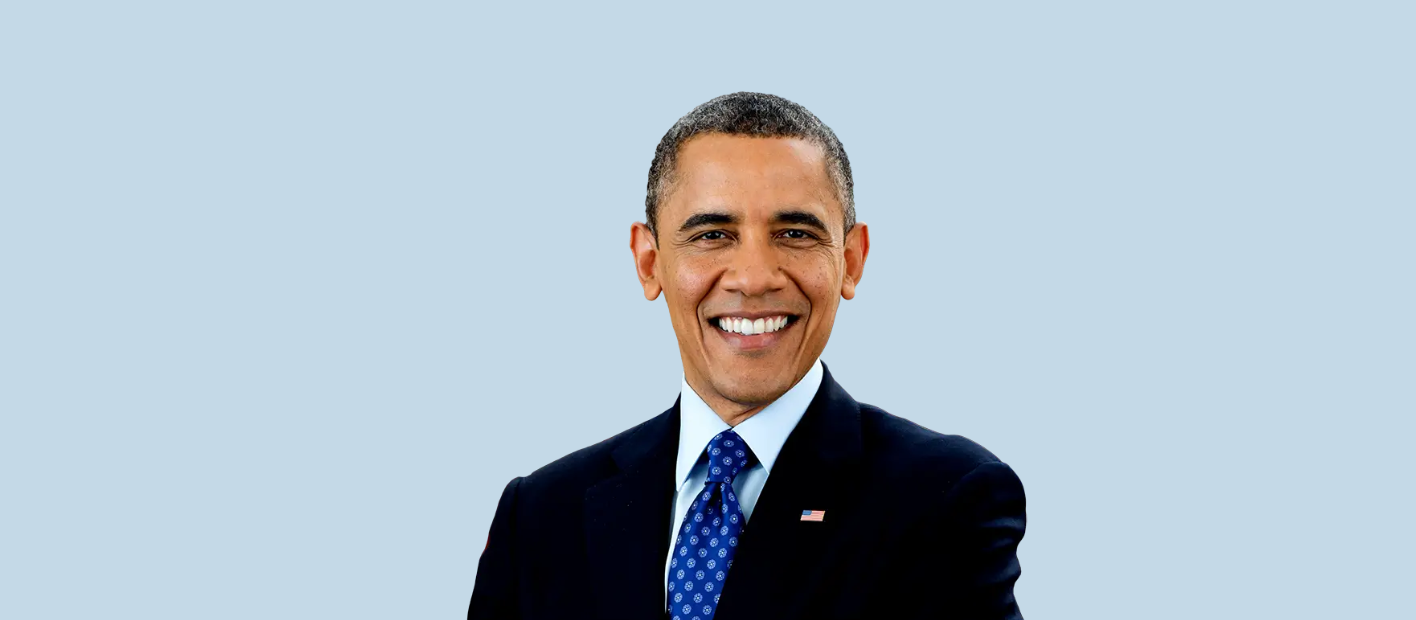Barack Obama’s Leadership Principles: Mastering Calmness Under Pressure
Introduction
Barack Obama, the 44th President of the United States, is widely regarded as one of the most charismatic and effective leaders in modern history. His leadership style is marked by a calm demeanor, an analytical mind, and a deep understanding of the complexities of governance. During his presidency, Obama faced numerous crises, from economic downturns to international conflicts, yet he consistently demonstrated an ability to stay calm under pressure. This article explores Obama’s leadership principles, focusing on the strategies he employed to maintain composure and make sound decisions in challenging situations.
1. The Importance of Calmness in Leadership
In any leadership role, the ability to remain calm during crises is paramount. Calmness allows leaders to think clearly, evaluate options, and make informed decisions without being swayed by emotions or external pressures. Obama understood that in high-stress environments, his demeanor would set the tone for his team and the nation. By staying composed, he inspired confidence in those around him, fostering an environment where collaboration and problem-solving could thrive.
2. Embracing a Rational Approach
Obama’s leadership was characterized by a rational approach to problem-solving. He often emphasized the importance of critical thinking and careful analysis when faced with difficult decisions. Instead of reacting impulsively, he would take the time to gather information, consult experts, and weigh the pros and cons of each option.
For instance, during the 2008 financial crisis, Obama brought together economists and advisors to formulate a comprehensive response. He listened to diverse perspectives, enabling him to develop a well-informed strategy that addressed the immediate challenges while laying the groundwork for long-term recovery. This methodical approach not only showcased his calmness but also demonstrated the power of informed decision-making.
3. Emotional Intelligence and Empathy
Obama’s calmness under pressure was also rooted in his emotional intelligence and empathy. He understood the emotional weight of the issues he faced and how they affected the lives of individuals and communities. By acknowledging the concerns of others and showing empathy, he built trust and rapport with his constituents.
This ability to connect on an emotional level allowed him to communicate effectively during times of crisis. For example, in his response to the Sandy Hook Elementary School shooting, Obama spoke directly to the grief and anger of the nation, showing empathy for the victims and their families. His calm and compassionate demeanor reassured the public and underscored his commitment to finding solutions to complex issues.
4. Effective Communication Skills
A crucial aspect of Obama’s leadership style was his ability to communicate clearly and effectively, even in high-pressure situations. He utilized a calm, measured tone and chose his words carefully to convey his message. By doing so, he ensured that his communications were not only informative but also calming to those listening.
During times of national crisis, Obama delivered speeches that resonated with the public, instilling a sense of hope and resilience. His addresses often included personal stories and relatable anecdotes, making complex topics more accessible. This skill in communication helped him maintain public trust and support, even when decisions were unpopular.
5. Leading by Example
Obama’s calmness under pressure was evident not only in his words but also in his actions. He led by example, demonstrating the importance of maintaining composure in the face of adversity. His behavior set a standard for those around him, encouraging them to approach challenges with a similar mindset.
In the aftermath of natural disasters, such as Hurricane Sandy, Obama’s leadership was crucial. He visited affected areas, met with local leaders, and provided reassurance to those impacted. His presence and calm demeanor communicated to the public that the government was actively addressing their concerns, fostering a sense of unity and resilience.
6. Building a Strong Support System
Behind every great leader is a strong support system. Obama surrounded himself with a diverse team of advisors and experts who provided insights, support, and guidance during critical moments. He understood that collaboration was key to effective leadership, and he encouraged open dialogue and diverse viewpoints within his administration.
By cultivating a supportive environment, Obama ensured that he had access to a wealth of knowledge and perspectives. This collaborative approach allowed him to remain calm during pressure-filled moments, knowing he could rely on his team to provide the necessary information and feedback to make informed decisions.
7. Mindfulness and Self-Care
To maintain his composure, Obama prioritized mindfulness and self-care. He engaged in regular exercise, often seen playing basketball, which served as a physical outlet for stress relief. Additionally, he emphasized the importance of taking time for reflection and mental clarity, recognizing that a healthy mind and body were essential for effective leadership.
Obama’s commitment to self-care not only benefited him personally but also reinforced the idea that leaders should prioritize their well-being. By modeling healthy habits, he encouraged others to do the same, fostering a culture of resilience within his administration.
8. Learning from Adversity
Obama faced numerous challenges during his presidency, including partisan divisions, international conflicts, and economic hardships. Instead of viewing these obstacles as setbacks, he embraced them as opportunities for growth and learning. This mindset helped him stay calm under pressure, allowing him to pivot and adapt as needed.
For instance, during the Syrian civil war, Obama faced intense scrutiny regarding his administration’s response. Rather than succumbing to pressure, he carefully considered the implications of military intervention and sought diplomatic solutions. This reflective approach not only showcased his calm demeanor but also highlighted the importance of learning from complex situations to inform future decisions.
9. The Role of Vision and Purpose
A key aspect of Obama’s leadership was his ability to articulate a clear vision and sense of purpose. He understood that when people are aligned with a common goal, they are more likely to remain calm and focused, even during turbulent times. Obama’s vision for a better future inspired hope and motivated individuals to work collaboratively towards shared objectives.
By consistently communicating his vision, Obama helped people understand the “why” behind his decisions. This alignment created a sense of unity and purpose, empowering individuals to stay calm and focused, even in the face of challenges.
10. Conclusion
Barack Obama’s leadership principles offer valuable insights into the importance of staying calm under pressure. His ability to remain composed, rational, and empathetic allowed him to navigate complex challenges and inspire confidence in those around him. By emphasizing effective communication, collaboration, and self-care, Obama exemplified the qualities of a resilient leader.
In today’s fast-paced world, where leaders are often faced with uncertainty and stress, Obama’s approach serves as a reminder that calmness, coupled with purpose and passion, can lead to effective leadership and lasting impact. By embracing these principles, individuals can enhance their leadership skills and foster resilience in themselves and their teams.





